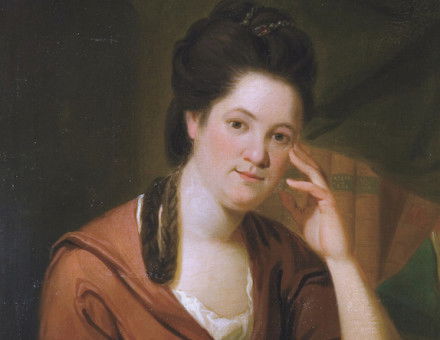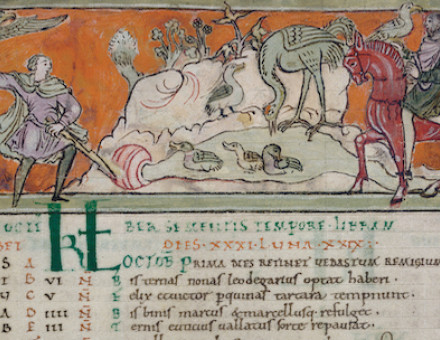King Arthur and the Making of an English Britain
Alan MacColl explores the appropriation of the Arthurian legend for political ends by English monarchs from the twelfth century onwards.
![Arthur as one of the Nine Worthies, tapestry, c.1385 King Arthur as one of the Nine Worthies, detail from the "Christian Heroes Tapestry" dated c. 1385. "Arthur among the Nine Worthies is always identified by three crowns, which signify regality, on his standard, his shield, or his robe." -- Geoffrey Ashe, The Quest for Arthur's Britain [Praeger, 1969]](/sites/default/files/King_Arthur_and_the_Making_of_an%20England-_Archive_1.jpg) One of the oddest images of the 1997 General Election was produced by the Scottish Conservatives: a sword being drawn from a stone and hurled in the air to land point-down in the ground. While one can see what the Unionists were about – identifying the Scotland of Braveheart with the Britain of King Arthur – the appeal to the latter was ill-judged, betraying a misconception whose nature and origins are worth exploring.
One of the oddest images of the 1997 General Election was produced by the Scottish Conservatives: a sword being drawn from a stone and hurled in the air to land point-down in the ground. While one can see what the Unionists were about – identifying the Scotland of Braveheart with the Britain of King Arthur – the appeal to the latter was ill-judged, betraying a misconception whose nature and origins are worth exploring.





